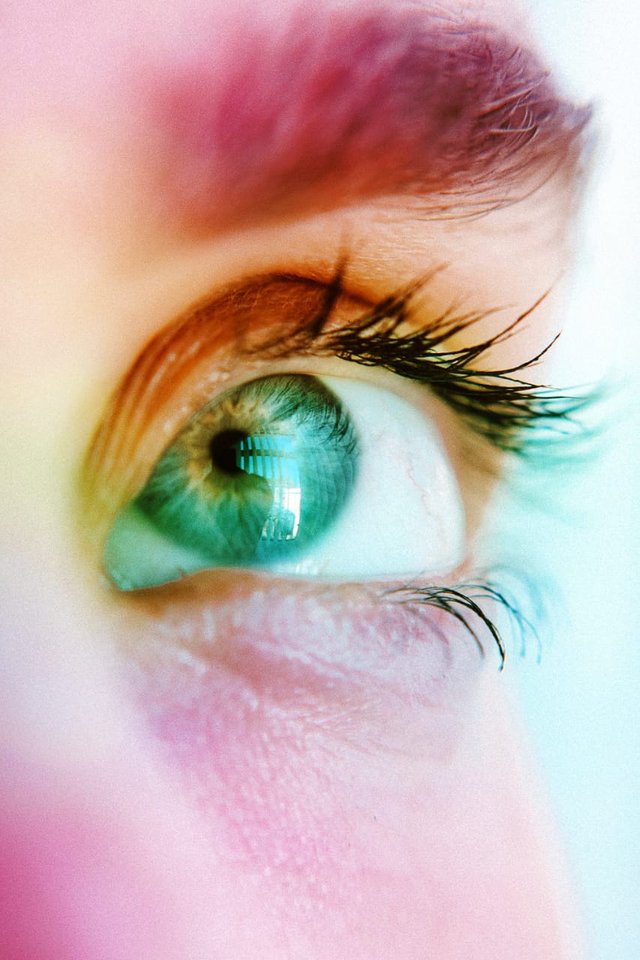Why CAN'T we SEE all COLORS?
The human eye consists of a retina, a layer responsible for perceiving colors. Within the retina, there are specialized photoreceptor cells, and we will focus on cone cells, which play a key role in color perception:

*Red, Green, and Blue Cones: * Color perception in the human eye is provided by three different types of cone cells. These cones are sensitive to specific wavelengths of light. Red cones respond to long wavelengths, green cones to medium wavelengths, and blue cones to short wavelengths.
*Color Perception: * The human eye perceives colors as a result of the stimulation of these three primary color cone cells. Different colors are perceived by stimulating these cones in various combinations. For instance, yellow color is perceived by stimulating the red and green cones. A color wheel illustrates these combinations.
*Limited Color Perception: * The human eye can only perceive light within specific wavelengths. It cannot detect light outside this range, such as infrared or ultraviolet light. Therefore, the human eye cannot perceive all colors, and some colors are invisible to human vision.
*Color Blindness: * Some individuals experience color blindness, a condition where one or more types of cone cells are either missing or dysfunctional. This results in an inability to accurately perceive certain colors.
In conclusion, the human eye has a limited capacity for color perception and perceives colors through combinations of three primary colors. Hence, not all colors can be perceived, and some colors have a limited appearance in human vision.